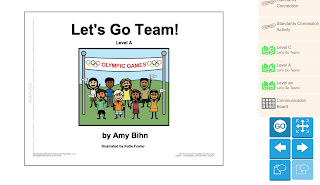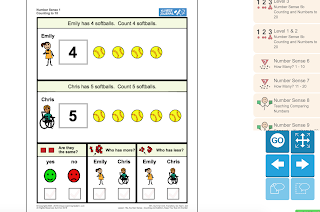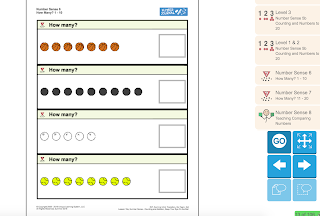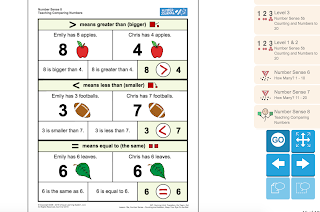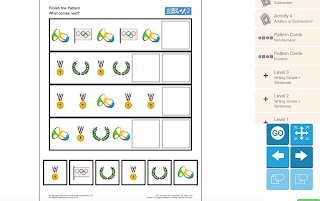I am beyond blessed to have four amazing paraprofessionals that work in my classroom. I sometimes laugh when I think about what my class would be like without them. I would lose my sanity. More importantly, I could not do my job. During the holidays, I buy or make each of my paraprofessionals a little something to remind them of how important they are to me and the kids. Often, parents will get me a gift and, without even thinking, completely forget to get my paraprofessionals something. Over the years, I have purchased my paraprofessionals several different items for Christmas, the beginning of the school year, or other holidays. Here are five of my favorite practical paraprofessional gifts! Since, I have four paraprofessionals, I tried to be careful of the price as well. I have included Amazon referral links. If you end up purchasing a gift that is listed below, please use the referral link!
My paras have to meet the students at the buses each morning at 7:10. During the winter time, it is very cold, which is why a thick winter scarf is a practical, cute, and sweet gift for your paras. I love these from Amazon because you can get them in a variety of colors.
At the end of last year, I purchased each of my aides a mason jar tumbler, placed Kool-Aid packets inside, and made signs that said, "Thank you for being such a Kool Aide. Have a krazy and kool summer!" You could easily adjust this for the holidays.
This year, I purchased my aides the vacuum sealed tumblers and purchased vinyl names to personalize each one. I love these because they keep drinks cool or warm for a significant amount of time. My aides can use them throughout the school day.
I found these adorable autism necklaces and bracelets on Amazon this year. While I did not purchase these for my paras, I did purchase them for a few of my special education teacher friends. They are absolutely adorable.
I always try to think of something that my paras will utilize during their break...something that will help them relax and enjoy their break. I also know that my paras wash their hands a million times during the day, making them dry and in need of lotion. Lotion and socks are always a sweet gesture for your paras. You can get lotion on sale at Bath and Body or through a local Mary Kay consultant (if you are looking for a consultant, let me know). Look at these adorable socks on Amazon!
0
1. Winter Scarf
My paras have to meet the students at the buses each morning at 7:10. During the winter time, it is very cold, which is why a thick winter scarf is a practical, cute, and sweet gift for your paras. I love these from Amazon because you can get them in a variety of colors.
2. Tumblers
At the end of last year, I purchased each of my aides a mason jar tumbler, placed Kool-Aid packets inside, and made signs that said, "Thank you for being such a Kool Aide. Have a krazy and kool summer!" You could easily adjust this for the holidays.
This year, I purchased my aides the vacuum sealed tumblers and purchased vinyl names to personalize each one. I love these because they keep drinks cool or warm for a significant amount of time. My aides can use them throughout the school day.
3. Jewelry
I found these adorable autism necklaces and bracelets on Amazon this year. While I did not purchase these for my paras, I did purchase them for a few of my special education teacher friends. They are absolutely adorable.
4. Lotion and Socks
I always try to think of something that my paras will utilize during their break...something that will help them relax and enjoy their break. I also know that my paras wash their hands a million times during the day, making them dry and in need of lotion. Lotion and socks are always a sweet gesture for your paras. You can get lotion on sale at Bath and Body or through a local Mary Kay consultant (if you are looking for a consultant, let me know). Look at these adorable socks on Amazon!
5. Apron (for the classroom)
I purchased minion, spiderman, and Dr. Seuss aprons for me and my paras at the beginning of the school year. They have come in so handy! No more searching the classroom for a pen, goldfish, hand sanitizer, or kleenex because we an have them on us at all times! Also, they are so cute. The kids like them too. You can purchase the aprons on Etsy here.






















